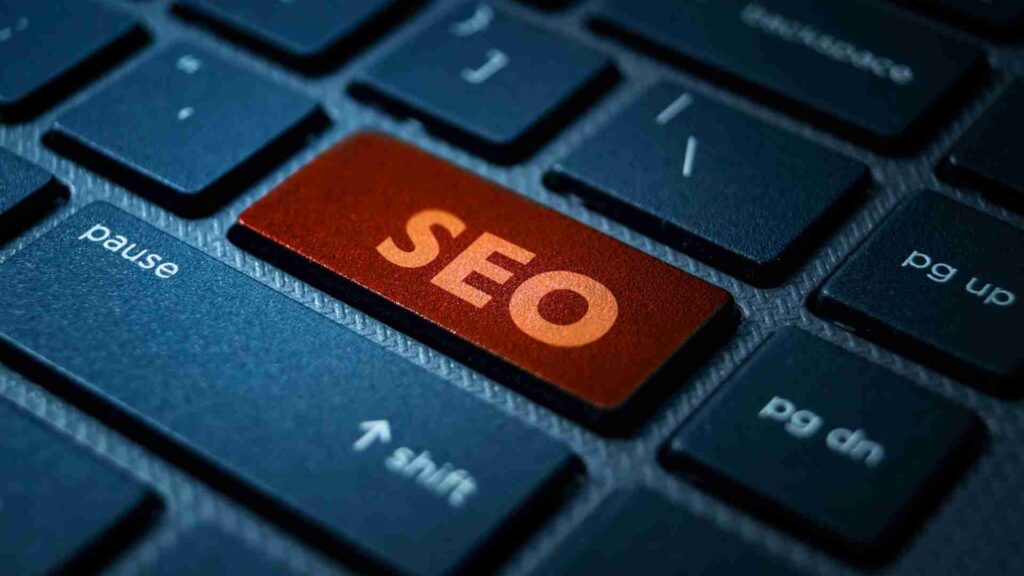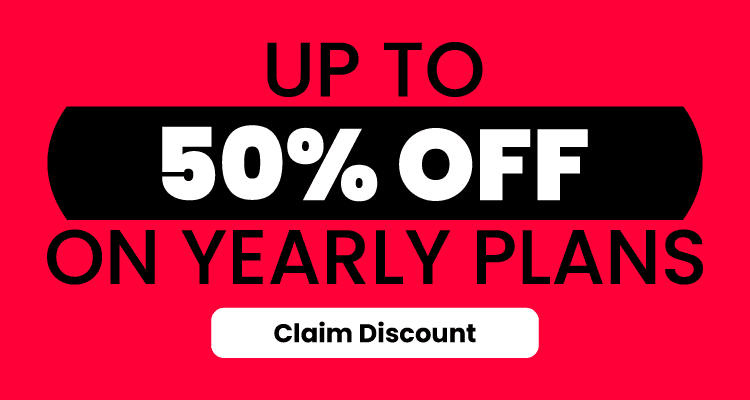A strong online presence is no longer built on a single channel. Websites and social media profiles now function as interconnected touchpoints that shape how people discover, trust, and engage with a brand. When these elements feel disconnected, audiences notice the friction immediately. A seamless relationship between a website domain and social media links helps create a clearer, more credible digital identity.
Brands that treat their website and social platforms as separate assets often struggle with consistency and trust. Users move fluidly between links, profiles, and pages, expecting a cohesive experience. When names, messaging, and destinations align, that experience feels intentional and professional. Understanding why these connections matter helps strengthen visibility, engagement, and long-term growth.
Why Domain and Social Alignment Matters

Domain and social alignment matters because it shapes first impressions across the digital journey. When users click from a social profile to a website, they expect continuity in branding, tone, and purpose. A mismatch can create doubt about legitimacy or relevance. Alignment reassures users that they are in the right place.
Consistency also supports clarity. Clear alignment makes it easier for users to understand what a brand offers and where to find more information. This clarity reduces drop-off and increases engagement. It also helps audiences remember and recognize a brand across multiple touchpoints.
From a performance perspective, alignment strengthens optimization efforts. Search engines and platforms interpret consistency as a trust signal. Applying solid SEO practices across domains and social links reinforces relevance and discoverability. Alignment turns scattered signals into a unified digital footprint.
How Domains Shape Digital Identity
A domain is often the anchor of a brand’s digital identity. It represents ownership, authority, and permanence in an online space that constantly changes. Social platforms may rise and fall in popularity, but a domain remains a stable reference point. This stability supports long-term brand building.
Domains also influence perception. A clean, recognizable domain communicates professionalism and intent. When social links point back to a domain that feels aligned and trustworthy, confidence increases. This relationship reinforces legitimacy in the eyes of users.
Choosing and managing a domain name thoughtfully ensures that social and web presences support each other. When domains mirror brand names or core messaging, discoverability improves naturally.
Trust and Recognition
Trust begins with recognition. When users see the same name, visuals, and messaging across platforms, familiarity builds quickly. This familiarity lowers skepticism and encourages engagement. Inconsistent naming or broken links disrupt that process.
Recognition also supports memory. Users are more likely to return to brands they can easily recall. Consistent domains and social handles strengthen recall across platforms. Over time, recognition becomes a competitive advantage.
Trust grows when experiences match expectations. Clicking a link and landing on a cohesive website reinforces reliability. This reliability encourages deeper exploration and repeat visits.
Consistency Across Channels
Consistency across channels ensures that no platform feels disconnected. Social profiles, bios, and links should all point toward the same core destination. This alignment makes navigation intuitive. Users should never feel lost when moving between platforms.
Channel consistency also supports content strategy. Posts, pages, and updates feel more coherent when they serve shared goals. This coherence amplifies messaging impact. It allows campaigns to extend naturally from social to web.
Consistency is especially important for growing brands. As audiences expand, small inconsistencies scale into larger issues. Addressing alignment early prevents confusion later.
Community Signals
Domains and social links also influence community perception. Strong alignment signals that a brand values its audience experience. Communities form more easily around clear, stable hubs. Websites often act as these hubs.
Examples from online communities show how shared spaces strengthen bonds. Discussions around the legacy of guilds illustrate how central platforms anchor long-term engagement. Domains can serve a similar role for brands.
When social links consistently lead back to a central site, communities feel grounded. This grounding supports loyalty and sustained interaction.
Social Media Links as Traffic Bridges
Social media links act as bridges between discovery and deeper engagement. Profiles often serve as entry points, while websites provide depth. Effective linking ensures that this transition feels seamless rather than abrupt. Smooth transitions keep users engaged.
Link placement and clarity matter. Links should be easy to find and clearly labeled. Confusing or broken links create friction that discourages clicks. Clear pathways support exploration.
Social links also influence conversion potential. When users arrive on pages that match expectations set by social content, trust increases. This trust supports actions like sign-ups or inquiries.
SEO and Discoverability Benefits

Search engines evaluate how digital assets connect. Domains linked consistently across social profiles send strong relevance signals. These signals support indexing and ranking over time. Alignment amplifies SEO efforts rather than fragmenting them.
Social signals also contribute indirectly to discoverability. While social links may not always pass direct ranking value, they influence visibility and traffic. Consistent linking increases brand mentions and engagement. These factors support broader search performance.
Understanding how different platforms interact with websites helps optimize strategy. Each platform plays a role in discovery. Alignment ensures they work together rather than compete for attention.
Turning Visibility Into Relationships
Visibility alone does not guarantee meaningful outcomes. Domains and social links should guide users toward relationship-building moments. This might include contact pages, resources, or community spaces. Clear pathways support connection.
Brands that align links effectively convert attention into trust. Visitors who move seamlessly from social to web are more likely to engage deeply. This engagement supports long-term value. It also strengthens brand authority.
Strategies for turning followers often emphasize clear transitions from content to conversion. Aligned domains and links make those transitions feel natural rather than forced.
Community and Engagement Growth
Aligned domains and social links support stronger community growth. When audiences know where to gather, interaction increases. Central hubs encourage discussion and participation. This participation builds loyalty.
Engagement strategies benefit from consistency. Users are more likely to engage when links behave predictably. Clear destinations reduce hesitation. This reliability supports sustained interaction.
Insights around building a social media community highlight the importance of connected spaces. Domains often serve as anchors that extend social conversations. Alignment strengthens those extensions.
Engagement Signals Across Touchpoints
Engagement signals accumulate across platforms. When users interact consistently with a brand, algorithms notice. This interaction supports visibility and reach. Alignment helps concentrate these signals.
Websites that reflect social messaging encourage longer sessions. Longer sessions indicate satisfaction. These behaviors support both search and social performance.
Applying thoughtful engagement hacks across linked platforms amplifies results. Alignment ensures that engagement on one channel reinforces another rather than dissipating.
Final Thoughts
A seamless relationship between a website domain and social media links strengthens clarity, trust, and performance across the digital landscape. When these elements work together, users experience smoother transitions and clearer messaging. Consistency reinforces recognition and reduces friction at every touchpoint. Over time, this cohesion supports stronger engagement and brand loyalty. Treating domains and social links as a unified system creates a more resilient online presence.
Long-term digital success depends on alignment rather than fragmentation. Domains provide stability, while social platforms drive discovery and interaction. When linked intentionally, they amplify each other’s strengths. Brands that prioritize this connection position themselves for sustained growth and deeper relationships. Seamless integration turns scattered channels into a cohesive digital ecosystem.



